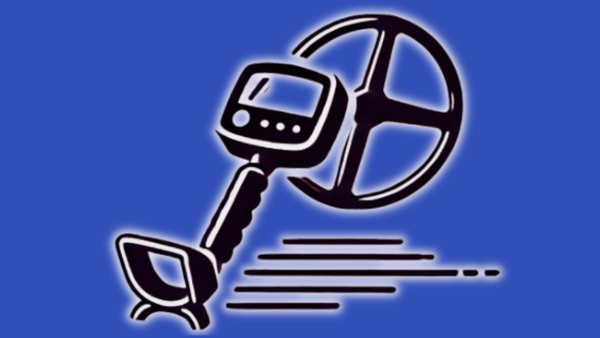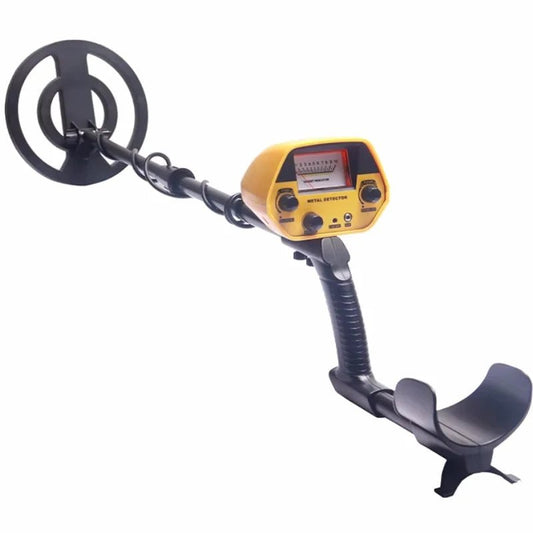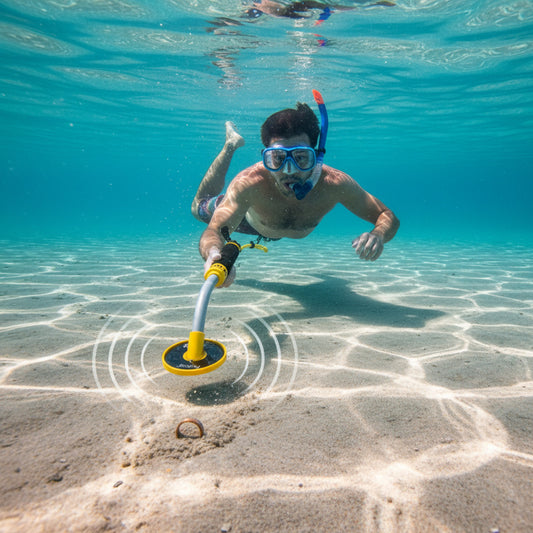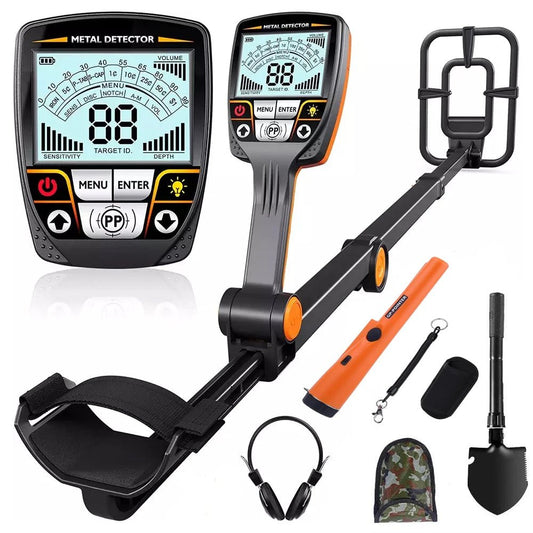
Gold Prospecting in Canada: Yukon, BC, and Ontario Goldfields
Share
Canada’s legendary goldfields have drawn prospectors for generations, from the Klondike Gold Rush in Yukon to the placer mines of British Columbia and the historic Abitibi Belt of Ontario.
Whether you’re a hobbyist with a pan or a dedicated prospector, the Canadian wilderness offers rich adventure and the promise of discovery.
This guide covers the best goldfields, essential laws, and practical tips for gold prospecting in Yukon, BC, and Ontario.
Yukon: Klondike Gold Rush Country

Where to Prospect
-
Dawson City: The epicenter of the Klondike Gold Rush, with open, free claims for visitors on Bonanza Creek and Hunker Creek. The Klondike Visitors Association’s Free Claim No. 6 lets anyone try their luck—just bring a pan and shovel.
-
Goldbottom Mine Tours: Guided tours and hands-on panning experiences at an active mine, with equipment provided.
-
Yukon River: This river and its tributaries have yielded gold for over a century.
Legal Considerations
-
Recreational gold panning is allowed on government-owned, vacant land not staked by a prospector or miner. Only pans and shovels are permitted—no sluices, dredges, or mechanical equipment.
-
Avoid panning on active claims, private land, or protected areas; always check with the local Mining Recorder’s Office if unsure.
-
Many tour operators offer lessons and access to active claims for visitors.
Tips for Success
-
Gold settles in slow-moving water, inside river bends, under large rocks, and in crevices.
-
Dress for cold water and bring waterproof boots, as panning is often done in icy streams.
British Columbia: Cariboo, Fraser, and Beyond

Where to Prospect
-
Cariboo Region: Home to the historic Barkerville gold rush, this area remains rich in placer gold. The Quesnel/Fraser River junction and Wild Horse River are popular spots.
-
Recreational Panning Reserves: BC has 14 public panning reserves, including Barnes Creek, Yale Town, and Goldstream River. No license is required for hand panning in these areas.
-
Mission Creek (Kelowna): Guided tours teach gold panning basics along this historic creek.
Legal Considerations
-
Anyone can pan for gold using only a hand shovel and pan in BC’s watercourses, except on private property, active claims, parks, or Indigenous reserves without permission.
-
No license is needed for recreational hand panning, but mechanical devices and metal detectors are not permitted in panning reserves.
-
Use iMapBC or similar tools to check if an area is open for panning or already claimed.
Tips for Success
-
Gold is heavy—search where water slows, such as inside bends, behind rocks, or in crevices.
-
Always fill in holes and practice good etiquette to preserve the environment.
Ontario: Abitibi Gold Belt and Beyond

Where to Prospect
-
Abitibi Gold Belt: One of the world’s richest gold-producing regions, stretching from Timmins to Kirkland Lake. Red Lake and Timmins are top areas for prospectors.
-
Crown Land: Most gold panning is done on Crown land, but you must ensure the area is open for mining claim registration or obtain the landowner’s permission for private land.
-
Hobby Mineral Collecting: Allowed on lands where mining rights are open, especially in Northern Ontario. In Southern Ontario, landowner consent may suffice if mining rights are not open.
Legal Considerations
-
Gold panning as a hobby is legal, but commercial ventures require permits and claims. Always respect private property and check land status before prospecting.
-
The majority of gold belongs to whoever holds the mineral rights—often the Crown or province.
-
Obtain a prospector’s license if you wish to stake a claim or explore more seriously.
Tips for Success
-
Research historic goldfields and use geological maps to identify promising areas.
-
Join local clubs or tours to learn from experienced prospectors and ensure legal compliance.
Quick Guide to Gold Prospecting in Yukon, BC, and Ontario
| Region | Best Spots | Equipment Allowed | Legal Notes |
|---|---|---|---|
| Yukon | Dawson City, Bonanza Creek, Hunker Creek | Pan, shovel | No sluices/dredges; avoid active claims; free public claim available |
| British Columbia | Cariboo, Fraser River, Panning Reserves | Pan, shovel | 14 public reserves; no license needed; no mechanical devices |
| Ontario | Abitibi Belt, Red Lake, Timmins | Pan, shovel (hobby) | Hobby panning legal on open land; claims/mineral rights needed for commercial |
The Human Side of Gold Prospecting
Gold prospecting in Canada is more than just a search for riches—it’s a journey through history and wilderness.
Whether you’re panning in the icy waters of the Yukon, exploring BC’s legendary creeks, or tracing Ontario’s gold belt, every fleck of gold is a reward for your curiosity and persistence.
The camaraderie of fellow prospectors, the thrill of a glint in your pan, and the stories shared around a campfire are treasures in themselves.
Conclusion
Canada’s Yukon, British Columbia, and Ontario goldfields offer some of the world’s most iconic and accessible gold prospecting experiences. With open laws for hobbyists, breathtaking landscapes, and a rich gold rush heritage, these regions are perfect for both beginners and seasoned treasure hunters. Always respect local regulations, secure permissions, and hunt responsibly—who knows what golden discoveries await you in Canada’s wild goldfields?




